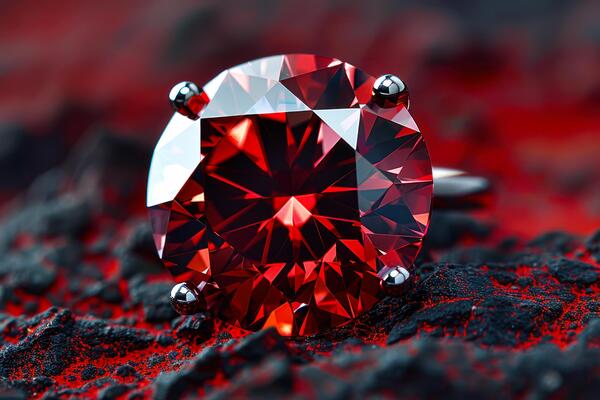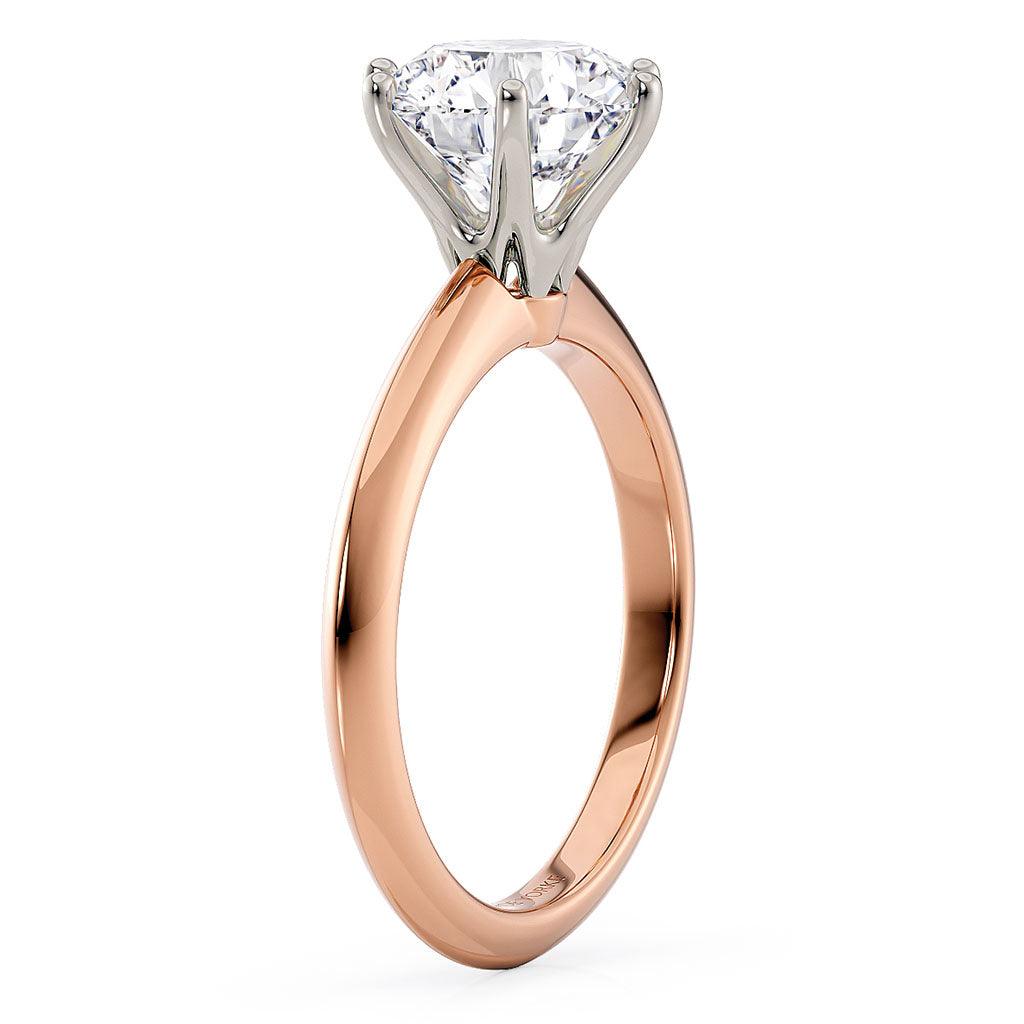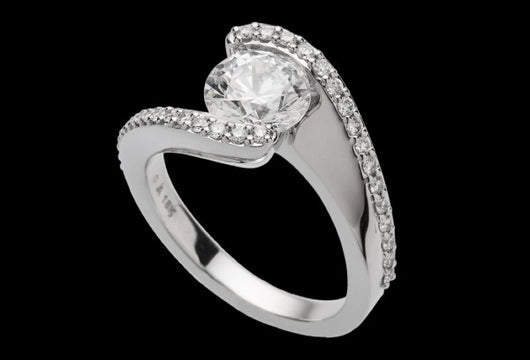The Reality of Blood Diamonds: Understanding Their Impact on Conflict and Society

What Are Blood Diamonds?
Definition and Beginning
When you hear the expression “blood diamonds,” what rings a bell? Sparkling pearls that represent love and responsibility? Indeed, hold that idea! Blood diamonds, otherwise called struggle diamonds, are gemstones mined in disaster areas and offered to fund outfitted struggle against states. These diamonds worry about a weighty concern, entwined with misery, denials of basic liberties, and natural obliteration.
The Expression “Blood Precious stone”
The expression “blood jewel” was promoted in the last part of the 1990s, especially during the Sierra Leone Nationwide conflict. It features the actual diamonds, however the whole business that benefits from brutality and mistreatment. It’s an unmistakable update that behind the shimmering surface lies a lot of hurt and disturbance.
Verifiable Setting
Struggle in Africa
Most blood diamonds come from African countries like Sierra Leone, Angola, and the Vote based Republic of the Congo (DRC). In these districts, outfitted bunches exploit mineral assets to subsidize their tactical tasks, prompting grisly viciousness and basic liberties infringement. The quest for these jewels has brought about incalculable lives lost, networks destroyed, and whole countries undermined.
The Job of Jewel Exchange
The jewel exchange has generally been a two sided deal. While it has given monetary open doors in certain areas, it has likewise powered struggle and debasement. Nations wealthy in regular assets frequently end up in unrest, with pioneers and renegade gatherings battling for control of these worthwhile resources. The diamonds planned to be images of adoration have become images of enduring all things being equal.
How Blood Diamonds Are Mined
High quality versus Modern Mining
Diamonds can be removed through two essential techniques: high quality mining, which includes limited scope tasks, and modern mining, overwhelmed by enormous organizations. Distinctive diggers frequently work under critical circumstances, with almost no guideline. Then again, modern mining, while more controlled, can in any case add to huge ecological and social issues.
Work Conditions
The work conditions for those engaged with mining blood diamonds are frightening. Numerous excavators work extended periods of time for pitiful compensation, frequently in perilous conditions. The quest for these pearls isn’t simply a task; for some, it’s a battle for endurance.
Kid Work and Double-dealing
One of the most obscure parts of this industry is the utilization of kid work. Kids are frequently compelled to work in risky circumstances, denied of schooling and a youth. A tragic reality features the earnest requirement for change inside the jewel store network.
The Effect of Blood Diamonds
Basic liberties Infringement
The repercussions of blood jewel mining reach out a long ways past the mining locales. Furnished clashes filled by jewel potential customer to far and wide denials of basic liberties, including constrained removal, brutality, and even destruction. It’s a chilling update that while we might wear these pearls gladly, they convey accounts of misery.
Natural Worries
The mining processes used to extricate these diamonds can destroy the climate. Deforestation, soil disintegration, and water contamination are only a couple of the biological effects. In the journey for sparkling diamonds, whole environments are frequently forfeited, leaving scars in the world.
The Worldwide Reaction
The Kimberley Interaction
Because of the staggering effects of blood diamonds, the global local area laid out the Kimberley Cycle Certificate Plan in 2003. This drive means to keep struggle lab made diamonds from entering the worldwide market by expecting that diamonds be guaranteed as struggle free.
Impediments of the Kimberley Interaction
While the Kimberley Cycle was a positive development, it has critical impediments. Many struggle diamonds keep on dodging recognition, and the accreditation interaction is frequently tormented by debasement and absence of authorization. It resembles putting a Bandage on a lot bigger injury — while some headway has been made, all the more should be finished.
Shopper Mindfulness
Step by step instructions to Distinguish Moral Diamonds
As buyers, we have the ability to go with informed decisions. While looking for diamonds, clarify some things! Search for confirmations that ensure moral obtaining. Brands that are straightforward about their inventory chains are in many cases more dependable.
The Job of Gem dealers
Gems retailers assume an essential part in the jewel market. Many are moving forward to guarantee they offer struggle free choices, however it’s crucial for help the people who truly focus on moral practices. Search out goldsmiths who focus on straightforwardness and moral obtaining in their contributions.
Choices to Blood Diamonds
Lab-Developed Diamonds
A sparkling choice to blood diamonds is lab-developed diamonds. These pearls are established in controlled conditions and have similar physical and substance properties as mined diamonds, without the related moral worries. Besides, they frequently come at a lower cost!
Other Moral Gemstones
Try not to neglect other wonderful gemstones that are morally obtained. From sapphires to moissanite, there are a lot of choices for those hoping to settle on a capable decision without forfeiting magnificence.
Conclusion
Making a move Against Blood Diamonds
The battle against blood diamonds is not even close to finished. While mindfulness has developed, it’s essential for customers, gem specialists, and states to keep pushing for change. By settling on informed decisions and supporting moral practices, we can assist with changing an industry tormented by struggle into one that celebrates love without affliction. We should focus a light on the genuine story behind these pearls and work toward a more splendid, more moral future for the precious stone industry.





